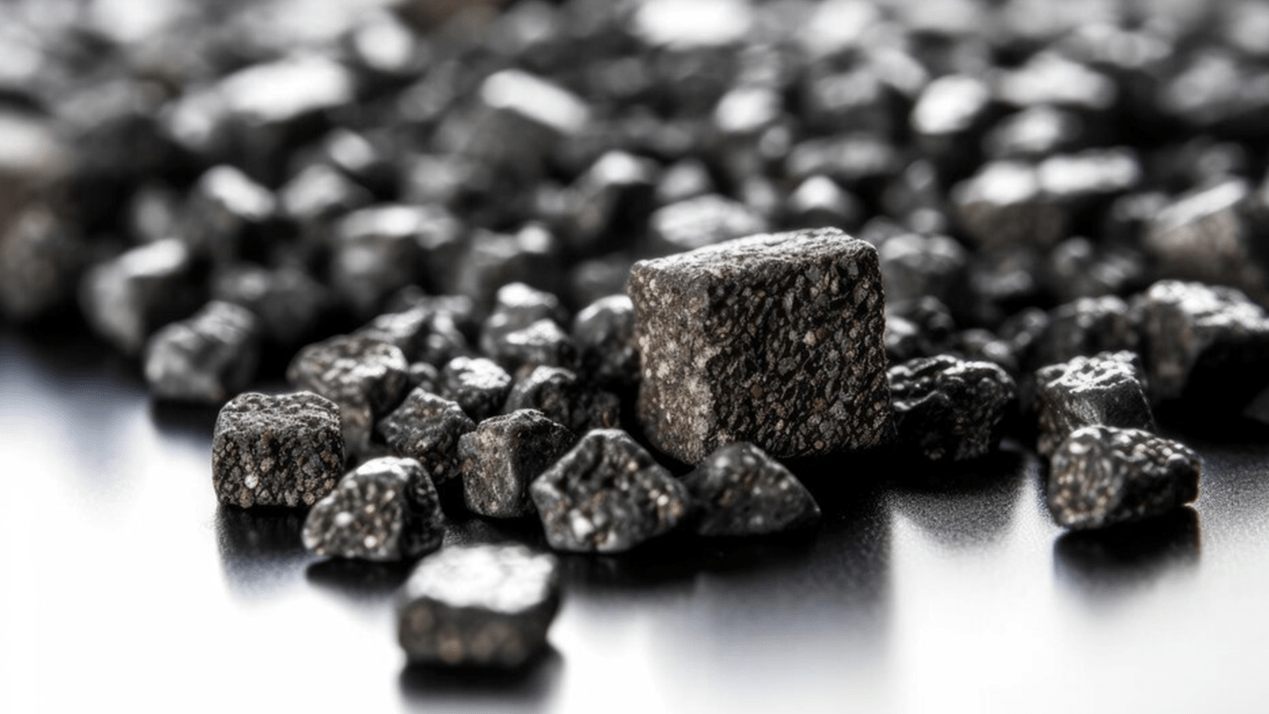
The Digital Doctor is In: AI and Telemedicine Redefine Healthcare
The healthcare industry is undergoing a seismic shift fueled by artificial intelligence (AI) and telemedicine.

The United States government’s imposition of tariffs on graphite has inadvertently triggered a global effort to establish alternative supply chains for this critical electric vehicle (EV) battery component, previously dominated by China. Graphite, a key material in lithium-ion batteries, has historically received scant attention from industry leaders, leading to a situation where China controls nearly the entirety of the global market.
This lack of diversification has become a concern for Western nations, particularly the United States, seeking to reduce its dependence on Chinese manufacturing for strategic reasons. The implementation of tariffs on Chinese graphite imports has served as a catalyst, prompting a race among Western companies and governments to develop non-Chinese sources of this essential material.
Several key players have emerged in this nascent effort. Mining companies in Africa, North America, and South America are aggressively exploring and developing graphite deposits within their respective territories. Additionally, research and development initiatives are underway to improve the efficiency and sustainability of graphite extraction processes. These advancements are crucial for ensuring a stable and environmentally responsible supply chain.
The long-term implications of this shift in the graphite market remain to be seen. While diversifying supply chains will undoubtedly enhance geopolitical stability and mitigate potential disruptions, the process will likely be complex and time-consuming. China’s existing infrastructure provides it with a significant advantage, and establishing alternative sources will require substantial investment in exploration, mining, and processing capabilities.
However, the potential benefits are undeniable. A more geographically diverse graphite market will reduce reliance on a single supplier and foster greater competition, potentially leading to lower prices and improved quality control. Furthermore, by supporting domestic or allied sources of graphite, nations can ensure greater control over the environmental and social aspects of the mining process.
In conclusion, the imposition of US tariffs on graphite has inadvertently set in motion a global effort to diversify the supply chain for this critical EV battery component. While the challenges associated with this transition are significant, the potential benefits for geopolitical stability, economic competitiveness, and environmental responsibility are substantial.

The healthcare industry is undergoing a seismic shift fueled by artificial intelligence (AI) and telemedicine.

The healthcare and pharmaceutical sectors are navigating a transformative period, with technological advancements reshaping patient care, operational efficiencies, and strategic growth.

In the world of business, financial wizards wave their wands to conjure profits and success. But behind every great money magician …

Insurtech is not just making waves in the insurance industry—it’s rewriting the rulebook. As technology-driven startups disrupt …